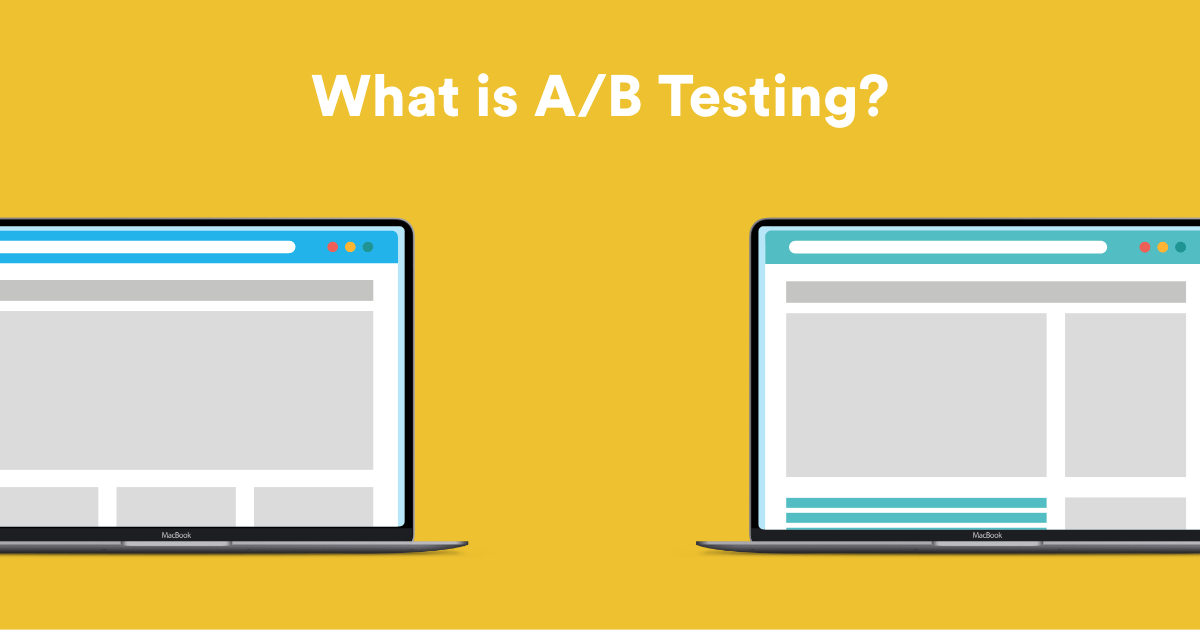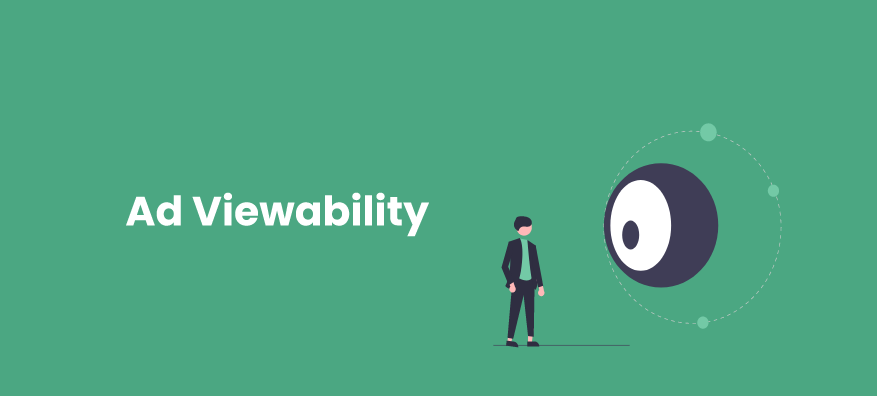In today’s fast-paced digital landscape, publishers are constantly seeking ways to optimize their advertising strategies to maximize revenue. One of the most effective tools in their arsenal is A/B testing. This method enables publishers to make data-driven decisions that lead to better ad performance and increased profitability. In this blog post, we will delve into the world of A/B testing in digital advertising and explore its myriad benefits for publishers.
Understanding A/B Testing
A/B testing, also known as split testing, is a systematic approach that allows publishers to compare two or more variations of an ad or webpage to determine which one performs better. Here’s a simplified breakdown of the process:
- Hypothesis: Start by forming a hypothesis about a particular aspect of your ad, such as the headline, image, or call-to-action (CTA) button. For example, you might hypothesize that changing the CTA button color from red to green will increase click-through rates.
- Variations: Create two versions of the ad (A and B) with the only difference being the element you want to test – in this case, the CTA button color.
- Randomization: Randomly display these variations to your audience. Half of your audience sees Version A, while the other half sees Version B. This helps eliminate bias and ensures a fair test.
- Data Collection: Collect data on the performance of both variations, focusing on relevant metrics like click-through rates (CTR), conversion rates, and revenue generated.
- Analysis: Analyze the data to determine which variation outperforms the other. If Version B with the green CTA button yields higher CTR and revenue, it becomes the new standard.
- Implementation: Implement the winning variation as the new standard and continue testing other elements to further optimize your ads.

Benefits of A/B Testing for Publishers
- Improved Click-Through Rates (CTR): A/B testing allows publishers to identify the elements that resonate most with their audience. Whether it’s a compelling headline, engaging visuals, or a persuasive CTA, A/B testing helps publishers boost CTR and drive more traffic to their content.
- Higher Conversion Rates: Ultimately, publishers want visitors to take action, whether it’s signing up for a newsletter, making a purchase, or clicking on an affiliate link. A/B testing helps optimize the user experience, leading to higher conversion rates and increased revenue.
- Enhanced User Experience: By fine-tuning ad elements through A/B testing, publishers can provide a better user experience. This leads to increased user satisfaction, repeat visits, and improved brand loyalty.
- Optimized Revenue: A/B testing isn’t just about increasing clicks; it’s about increasing revenue. By continually refining ad elements, publishers can generate more revenue per visitor and achieve their financial goals more effectively.
- Reduced Risk: A/B testing allows publishers to make changes with confidence. Instead of blindly implementing changes based on intuition, they rely on data-backed decisions, reducing the risk of costly mistakes.
- Competitive Advantage: In the highly competitive world of digital advertising, publishers that embrace A/B testing gain a significant edge. They can adapt quickly to changing trends and audience preferences, staying ahead of the competition.
Conclusion
In the digital advertising landscape, A/B testing is a powerful tool that publishers should utilize to maximize their revenue potential. By systematically testing and optimizing ad elements, publishers can achieve higher click-through rates, conversion rates, and revenue while offering a better user experience. In a world where every click counts, A/B testing is the key to staying competitive and thriving as a digital publisher. So, don’t hesitate to embark on your A/B testing journey and watch your revenue soar to new heights.




